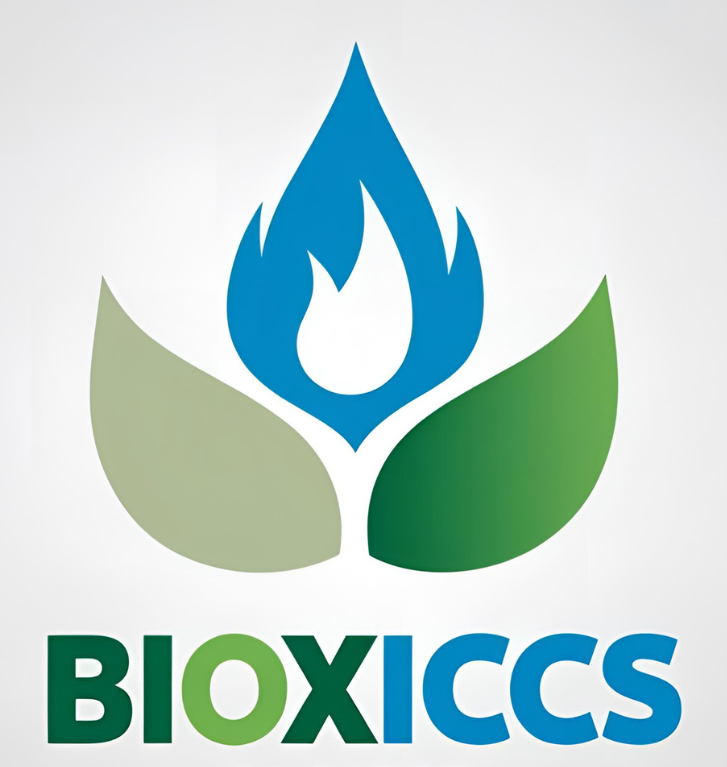Oxy-combustion of solid fuels is a technological alternative to enable CO2 capture in large-scale power plants. The project researched the oxy-fuel combustion of biomass, first in a blend with coal and later fired alone. This line is related to the so-called BECCS technologies, also known as Negative Emissions since a net amount of atmospheric CO2 is captured and stored by a clean, safe and efficient way.
The work was focused in the comparison of different alternatives that could result in the most effective solution for a further implementation in large-scale units:
- Conventional biomass vs high energy density biomass
- Dry gas recycling vs wet gas recycling
- CO2 capture vs co-capture of CO2 with impurities
The experimental results provided insights related to reactivity, combustion efficiency, SO2 and NOx formation, deposition and corrosion and flue gas co-capture for transport and storage. The experiments were conducted in different facilities, available in the Instituto de Carboquímica (CSIC) and the University of Zaragoza. As concerns the University of Zaragoza, tests were carried out in an entrained flow reactor for conventional and torrefied biomass, fired alone or with coal blend, acquiring all the operational information, and providing ash samples and determining the flue gas composition. Volumetric, acoustic and liquid-vapour equilibrium behaviour of enriched-CO2 gas mixtures were also experimentally determined, for those compositions obtained from oxy-fuel combustion tests



















